Brazil faces record wildfires and drought — and it may only get worse
Brazil’s extreme drought is continuing to fuel arid conditions that have resulted in record wildfires in the Amazon.
The flames of tens of thousands of fires have torn over millions of acres this summer, making this year the worst for Amazon fires in nearly a decade, according to Rainforest Foundation US. A staggering 7.4 million acres burned within the first half of this year, a 122 percent increase over last year, the nonprofit said.
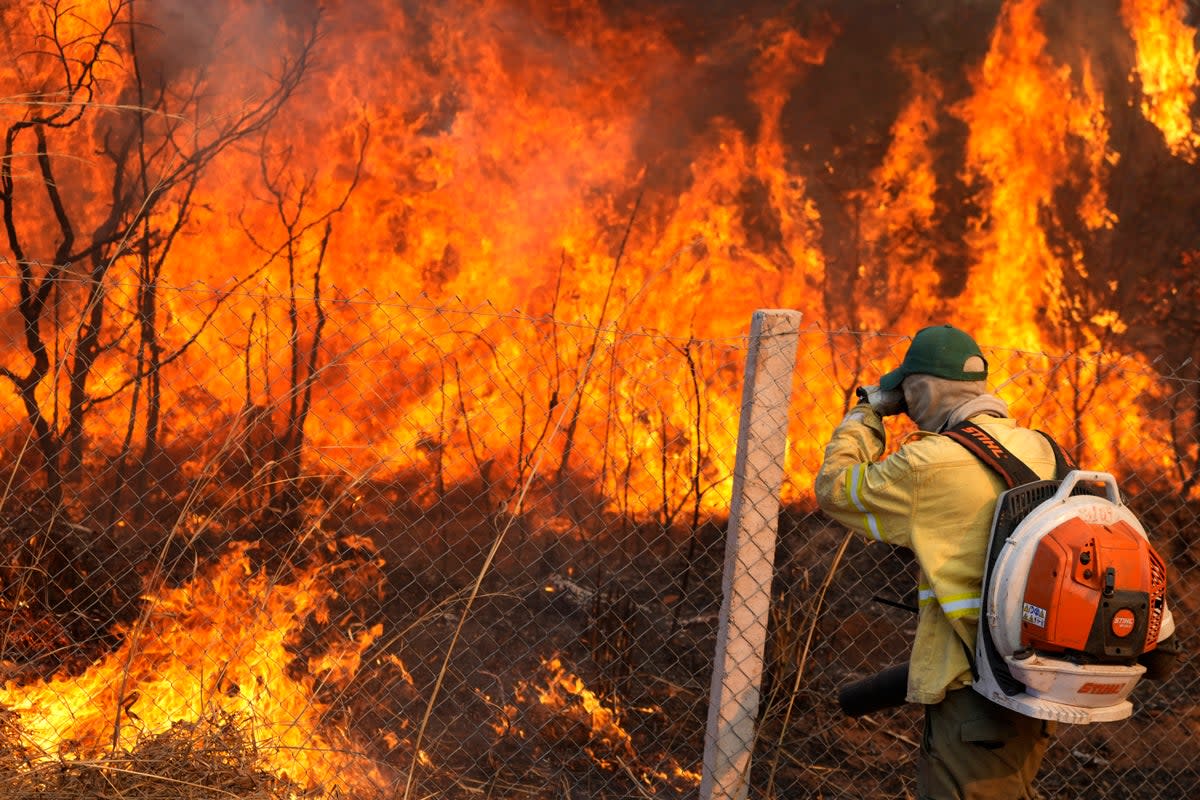
There have been more than 180,000 fires this year in Brazil, according to the country’s satellite agency. Data from the National Institute for Space Research shows that over 38,000 fire hotspots were recorded in the region in August alone. That’s the highest number in the past 14 years. And, more than 8.6 million acres were torched in the Brazilian Amazon by August 30, according to records from the Environmental Satellite Applications Laboratory.
Christine Halvorson, the program director for Rainforest Foundation US, told The Independent on Monday that she was in neighboring Peru last week and the city of Pucallpa was covered in smoke, which has been caught in currents in the air.
“The sky was just hazy all the time. The sun was red,” she recalled, noting that it was like New York and California in recent U.S. wildfire seasons. “And, it’s probably getting worse.”
Peruvians, Halvorson said, were “freaking out,” but none were wearing masks to protect themselves from particulate matter.
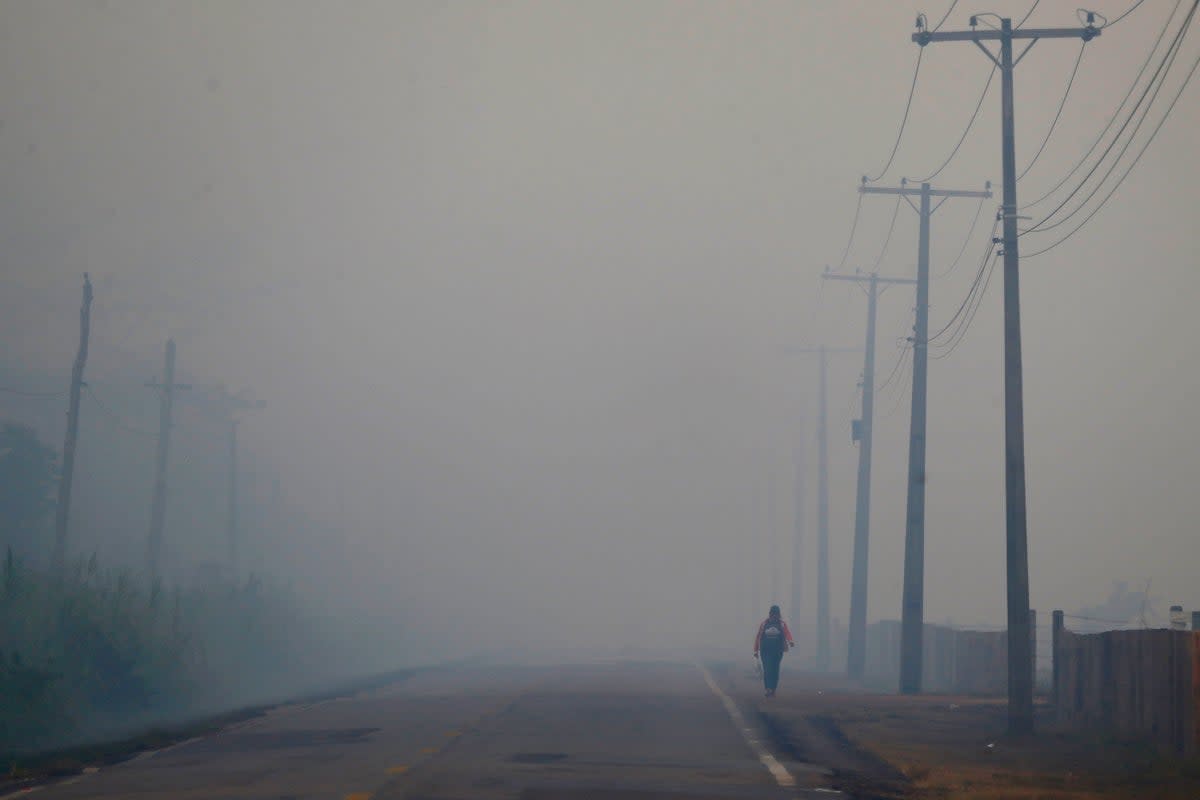
While cities have largely been spared the brunt of the impact, air quality has deteriorated in recent weeks. Conditions in São Paulo had cleared up a bit on Monday. The city’s Pinheiros River turned a shocking green thanks to an algae bloom that grew from the drought. The combination of evaporation from warmer air temperatures reducing water levels and increasing salt content can lead to the release of toxins in the water, creating a hospitable environment for marine algae.
The country is experiencing its worst drought since measurements began. Much of western Brazil is under stress and the Amazon basin rivers are registering at historic lows. Boats have been stranded on sandbanks, with people forced to transport goods on foot.
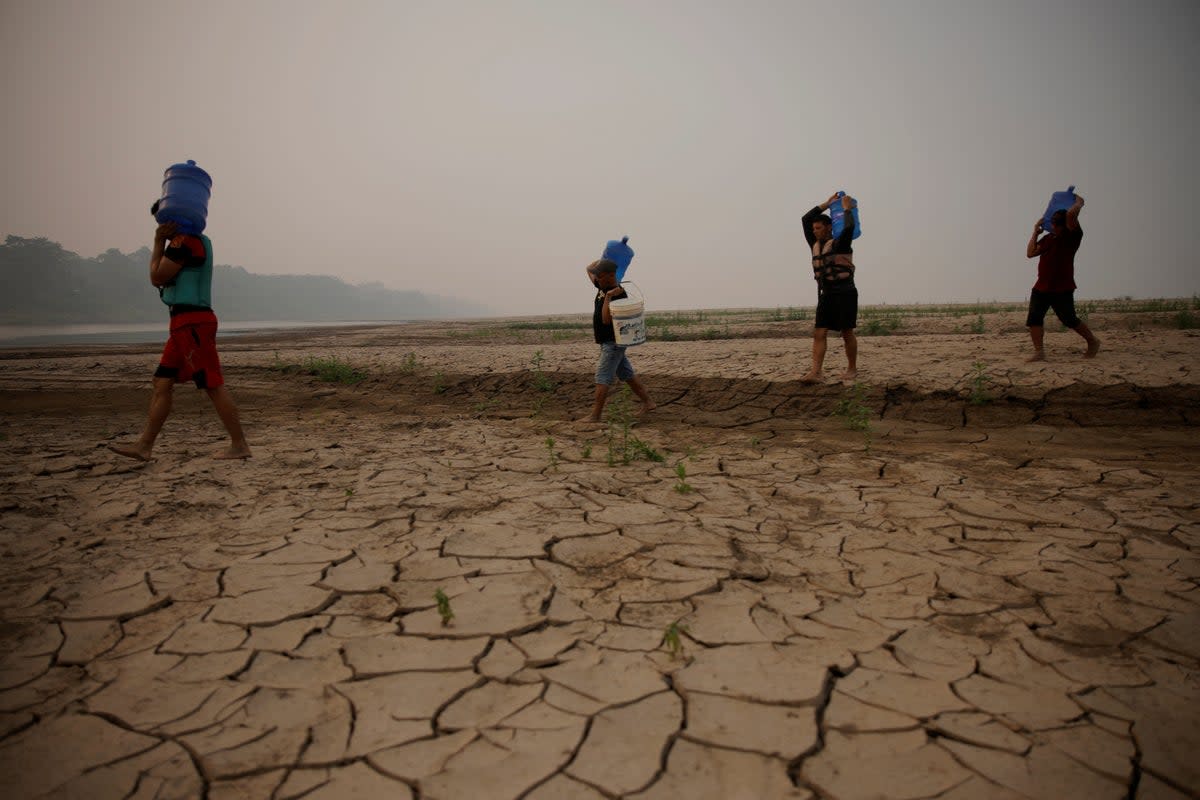
“The rivers are at the lowest level in decades, if not forever. You know, it’s the worst fire season in the past 19 years, worst drought in 40 years — and perhaps the worst ever,” Halvorson said. “So, it’s just going to get worse before it gets any better.”
Brazil’s Supreme Court authorized lifting spending restrictions on the environmental disasters in the Amazon and Pantanal regions over the weekend, Reuters reported on Sunday.
The massive blazes have forced rescue operations for animals native to the area, from baby marmosets to majestic jaguars, and the fires have ripped through Brazil’s national parks.
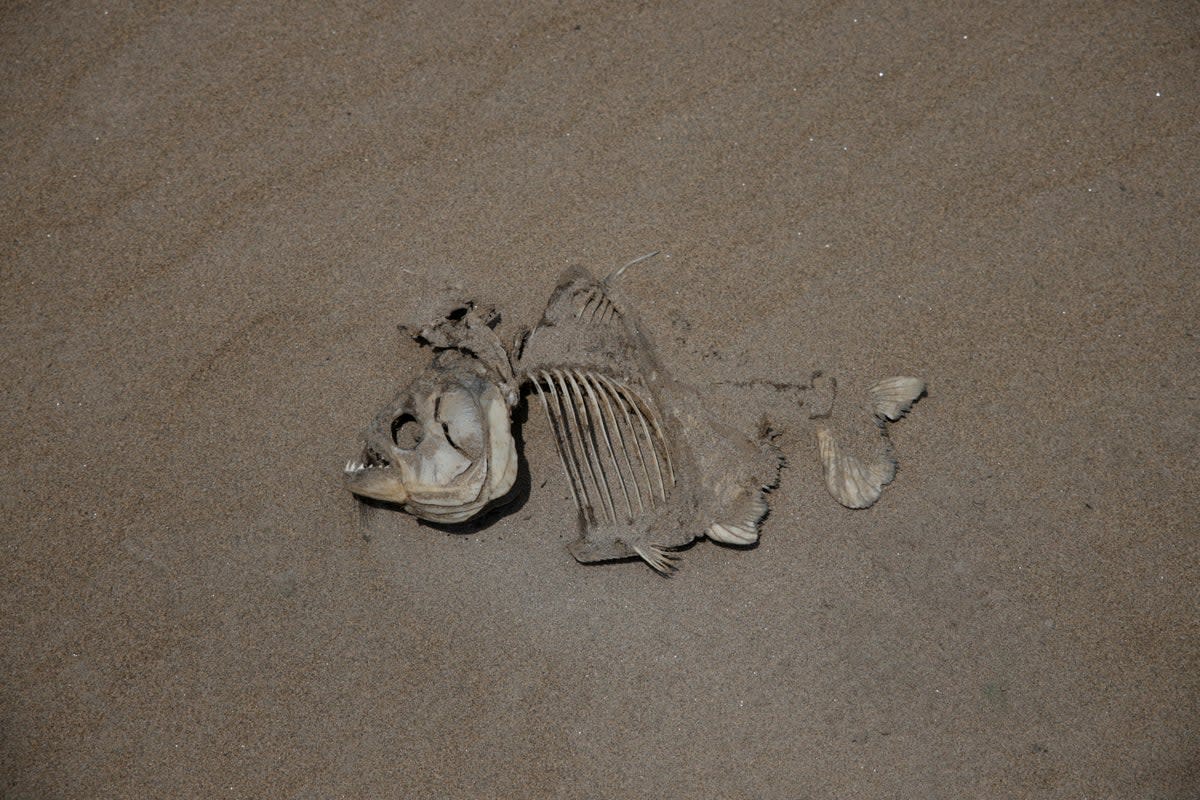
The Amazon is home to around two-thirds of the world’s largest rainforest, which has served as a major carbon sink for the planet — absorbing carbon from Earth’s atmosphere. But, that role is under threat thanks to a confluence of factors, including the fires.
The wildfires have been caused by climate changes and human intervention. Fires often spark on cattle ranches as workers clear forests into pastures or farmlands. Trees are often chopped down to clear out areas, and fires are set to burn up excess vegetation. But, dry and hot weather has led to riskier burns, with fires scorching faster and more intensely. Deforestation has also reduced rainfall in the rainforest, hampering the trees’ ability to release the moisture they soak up.
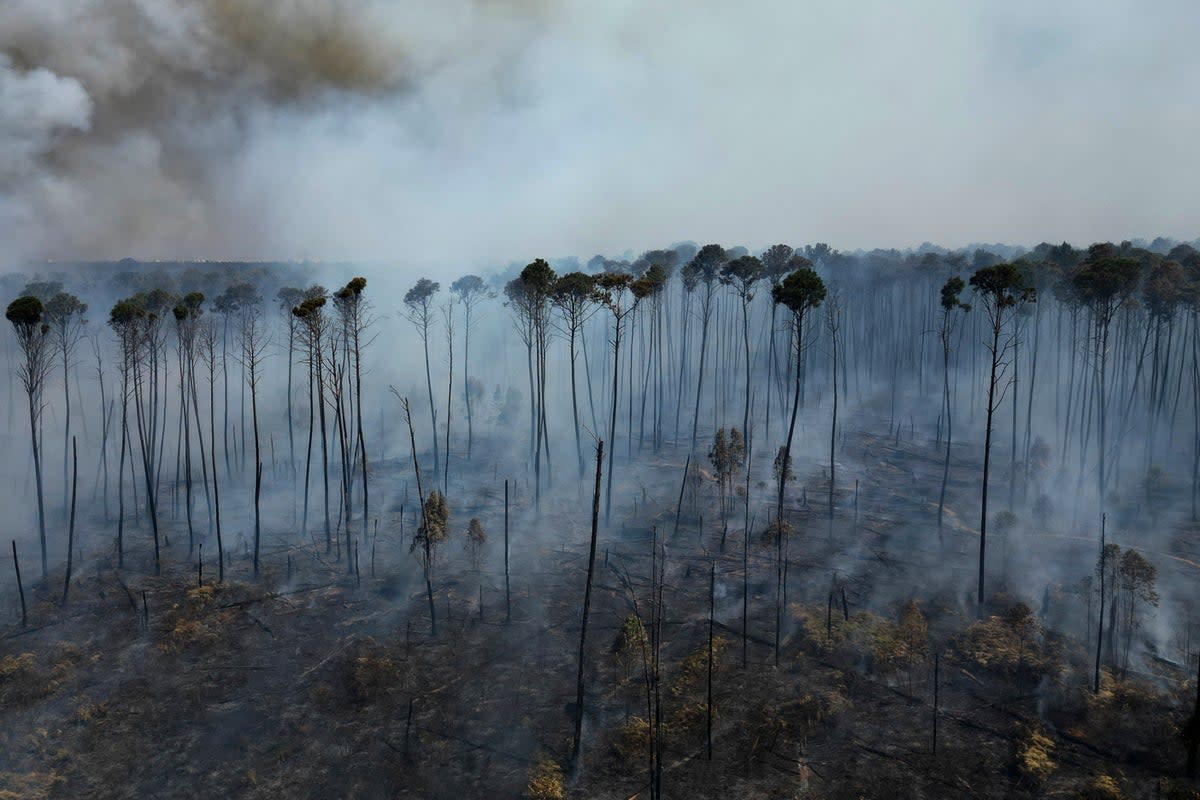
“It’s kind of a bad feedback loop where increased deforestation leads to drier conditions — both locally as well as more generally. And then, that, in turn, allows for fires to take place,” Halvorson explained.
Helga Correa, a conservation specialist at the World Wildlife Foundation in Brazil, said in an initial assessment of the August data last week that the fires were driven by a combination of weather, climate change and human actions, according to Reuters.
The group wrote in a social media post last weekend that the fire was largely not occurring in recently deforested areas, but those containing Brazil’s biodiversity.
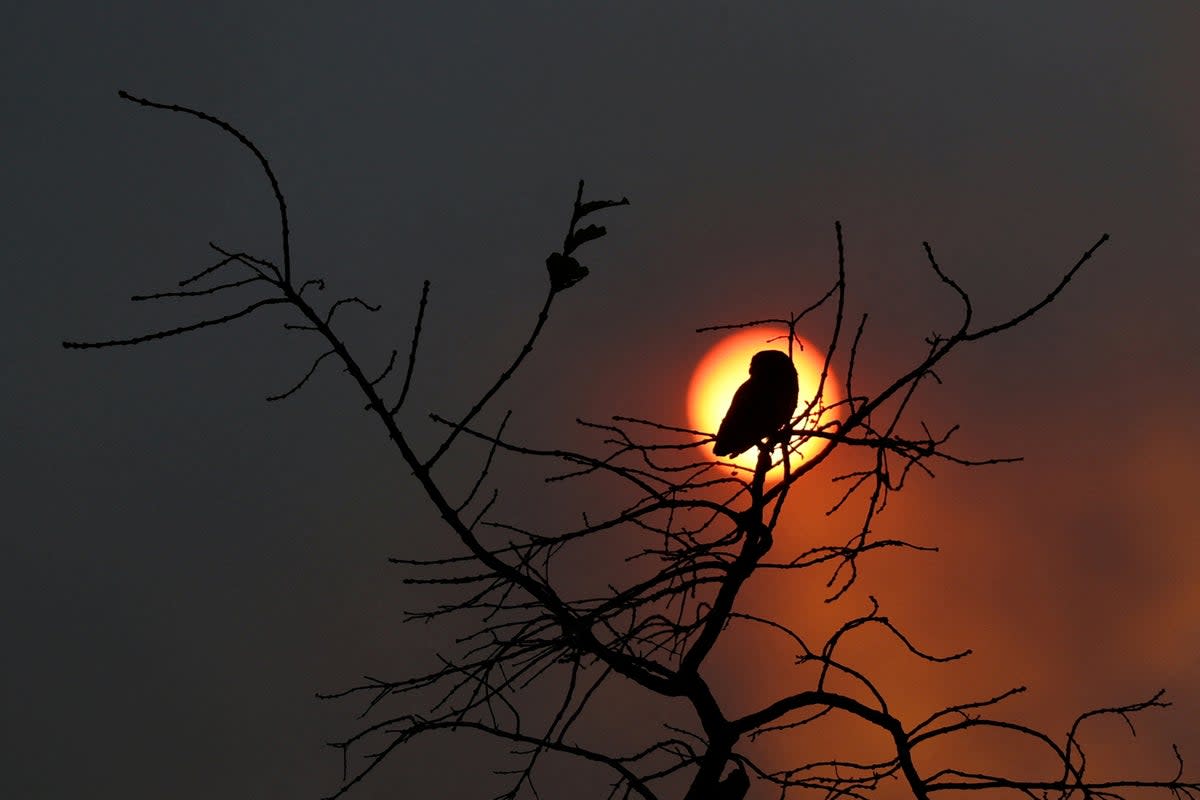
“This reading reinforces suspicions that forest fires are a degradation tool,” the organization said. The foundation previously warned that an already bad situation could get worse.
“The impact on the environment is already unprecedented, but the consequences of wildfires don’t stop there. Our health, the productivity of the country and the whole climate also suffer.”
Deforestation is second to the burning of fossil fuels as the leading sources of the greenhouse gas emissions that cause climate change, according to the Council on Foreign Relations.
Although deforestation has reduced in Brazil in recent years, the group said that — in the last half-century — the Amazon has lost around a fifth of its forest cover.
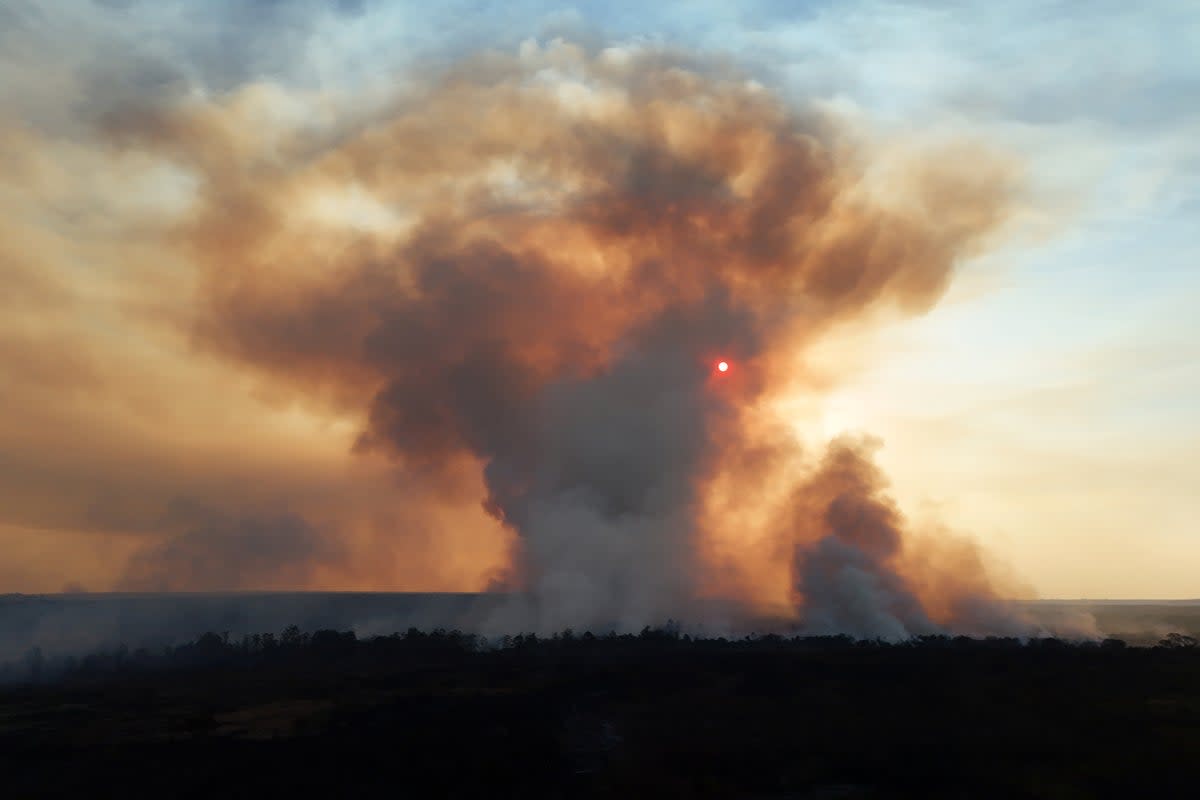
Scientists have said that between 10-47 percent of Amazonian forests are at risk of collapsing by 2050 under climate and deforestation stress. But reversing land clearance could ultimately reduce emissions.
“I think it’s clear that the increase in intensity of the fires and dry season is due to the climate crisis,” said Halvorson.
With reporting from The Associated Press
The Independent will be revealing its Climate100 List in September and hosting an event in New York, which can be attended online.
